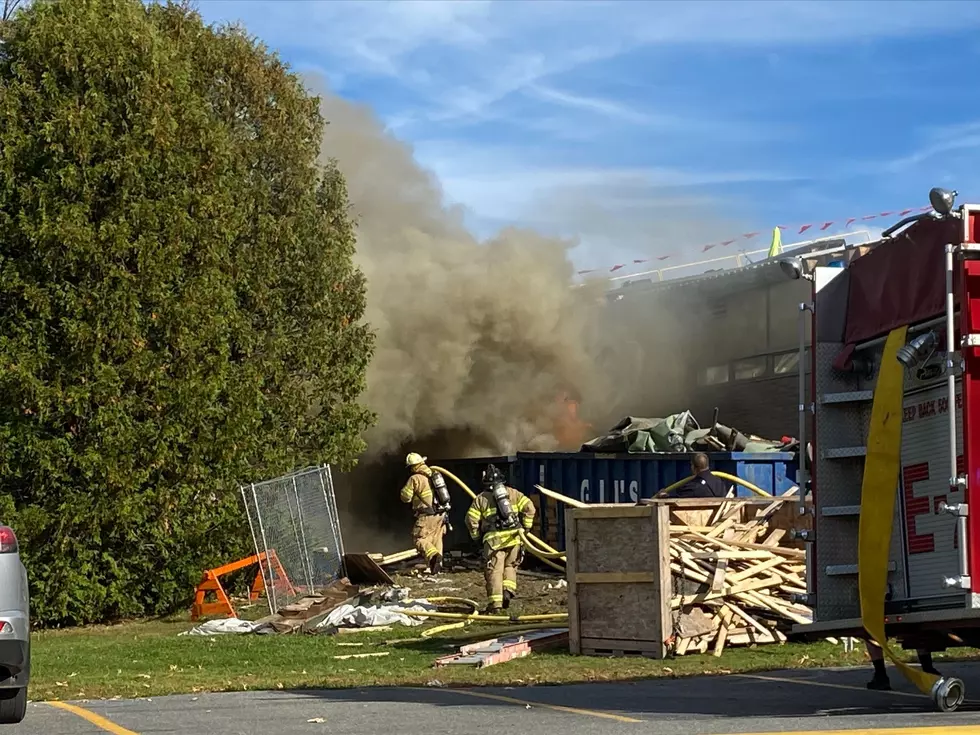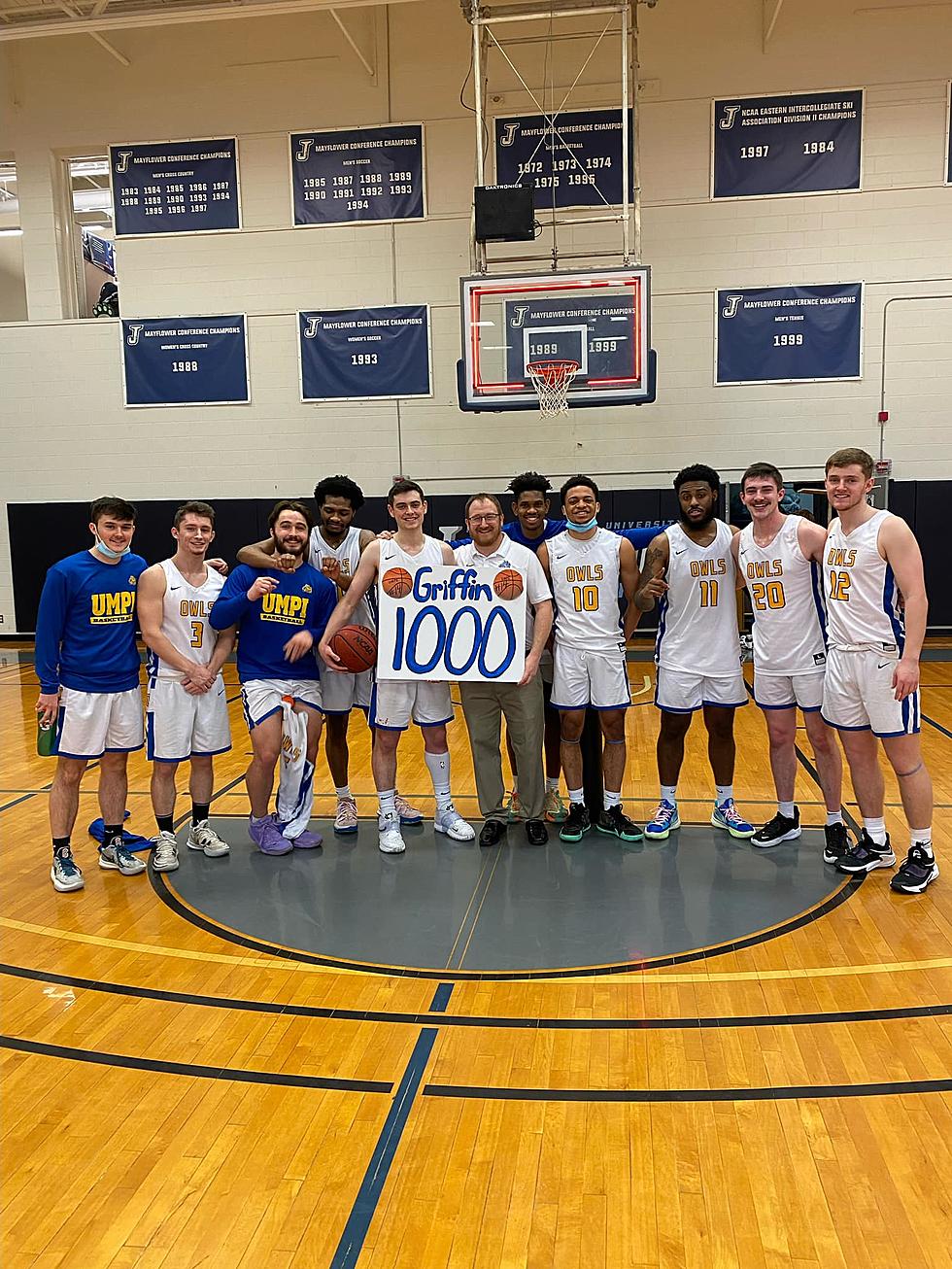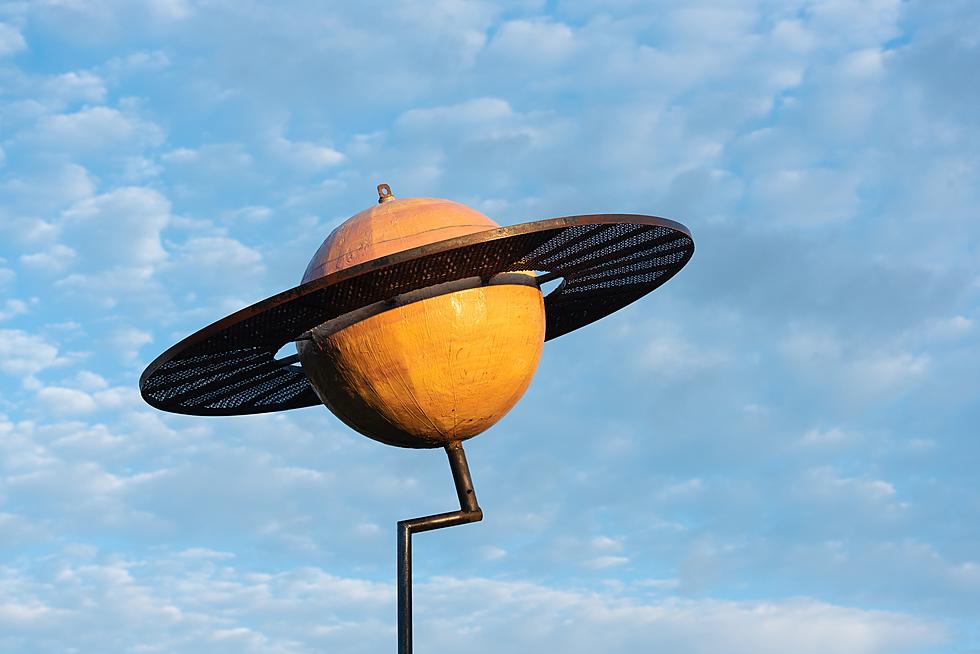
Gold Tooth Discovered on Pacific Island by Retired Northern Maine Professor May Belong to Famous Japanese Admiral
While exploring a remote World War II crash site on the Pacific island of Bougainville, University of Maine at Presque Isle professor Anderson Giles discovered a gold tooth that may belong to the Japanese admiral responsible for the attack on Pearl Harbor.
Giles led a summer 2015 expedition to explore remote WWII battle sites in Papua New Guinea and the Solomon Islands. At each site, the group paid homage to veterans who fought in the region’s historic campaigns. The expedition was organized and funded by Richard Portillo, an ex-Marine and restaurant entrepreneur from Chicago. Portillo spent more than a year selecting sites, chartering a ship and assembling a group of WWII veterans’ families, photographers and ex-Navy Seals.
Portillo invited Giles to serve as a guide, due to the professor's extensive background in the geography and WWII history of the region. Researching the Second World War in the Pacific has been a passion for Giles. His father, H.A. Giles, Jr., was a member of the 4th Marine Division and participated in storming the islands of Saipan, Tinian, and Iwo Jima. H.A. Giles was killed in combat near the end of the Korean War when Anderson Giles was four. In honor of his father’s memory, Giles has worked for more than two decades to preserve the history of World War II in the Pacific through film, photographs, paintings and other collections.
One of the sites chosen on the trip was the remote crash site of Admiral Isoroku Yamamoto’s Mitsubishi B4M "Betty" bomber in southern Bougainville. Yamamoto was the Commander of Japan’s powerful Combined Fleet. He was the architect of the Pearl Harbor attack, considered one of Japan’s top strategic planners, and held an exalted status in Japan.
Library of Congress, Washington, D.C. (digital. id. npcc 27504)
“In April 1943, through a series of remarkable events, U.S. P-38 fighters flying from Guadalcanal intercepted Yamamoto’s plane and shot it down in a remote jungle location where the wreck has lain for over 70 years,” Giles said. “Acting on top-secret information gleaned from broken Japanese codes, it was discovered that Yamamoto was making a risky visit to front line bases to bolster the morale of his forces. Top U.S. leaders realized it was a golden opportunity to remove a leader vital to Japan’s war efforts. A plan was quickly devised which required demanding, long distance flying and split-second timing. Incredibly, the plan worked and his plane was shot down in flames.”
Giles said frantic search efforts for survivors by the Japanese were hampered by heat and dense jungle. When the wreckage was discovered two days later, there were no survivors. It was reported by the search party that Yamamoto was found in near perfect condition, strapped to his seat as if peacefully asleep. This description has been generally accepted for over 70 years. A number of authors, however, have questioned the validity of this scenario and suggested that this account was fabricated to ensure his mythical status in Japan. His remains were later cremated. Author John Toland reported that over a million people lined the streets of Tokyo for his state funeral.
U.S. Naval Historical Center (Photo number: NH 63430)
The wreckage site was reached by a 24-kilometer drive over rough roads and through jungle streams, and then a 4-kilometer hike in 95-degree heat through knee-deep mud and jungle-shrouded trails. After examinaning the site, Giles believes “no human body could have survived being thrown through the devastated, burnt wreckage without being severely injured.”
At the site, Giles stepped in the mud near where the left side of the plane’s cockpit containing Yamamoto’s seat would have hit the jungle floor. That section of the plane was totally destroyed. Giles says a shiny glint in the mud caught his eyes. The object he picked up turned out to be a gold tooth.
Giles' research showed Yamamoto had been hit in the jaw by a 50-caliber bullet, which would likley shattered his teeth and killed him before he hit the ground. Giles says he would have then been thrown through the metal framework of the cockpit. Giles realized he might be holding a gold tooth from Yamamoto.
After documentation of the discovery, a PNG customs official turned over the find to the local landowner, as is the custom in that region. After over a year of negotiations and a payment of $14,000 by Portillo, the tooth was recently returned to the U.S. A number of dental specialists have examined the tooth and concluded that it is a unique specimen from that era, and something only a person of high status would have had access to. They also concluded the tooth showed evidence of violent separation.
“If the tooth proves to be from Yamamoto,” Giles said, “the 73-year-old account of him being discovered intact still strapped to his seat, hand on his sword as if he were sleeping peacefully like some mythic warrior will be forever altered.”
Researchers in Japan are now to trying to find if dental records for Yamamoto still exist. The possibility of DNA testing is also being examined. Photographic portraits of Japanese military leaders were usually of stern countenances rather than of smiles or teeth. One photograph shows a dental anomaly in the area where the tooth would have come from, but it is not clear enough to determine if that anomaly is a gold tooth.
Giles says plans are underway to create a documentary that explores Yamomot's death and the connection to the gold tooth.
Giles says examination of the wreck site and the discovery of the tooth, combined with examination of available historical facts, leads one to the following questions: "Has the generally accepted historical account of Yamamoto's mythic death scenario existed as a fabrication for over 70 years? Is there another more accurate version to the demise of one of the Pacific war’s most notable figures? And can this find generate a re-evaluation and fresh look at the truth concerning this historic event?"
Information incorporated in this article was submitted to us as part of a press release. If you would like to share your community news or event with our audience, please email newspi@townsquaremedia.com.
More From









